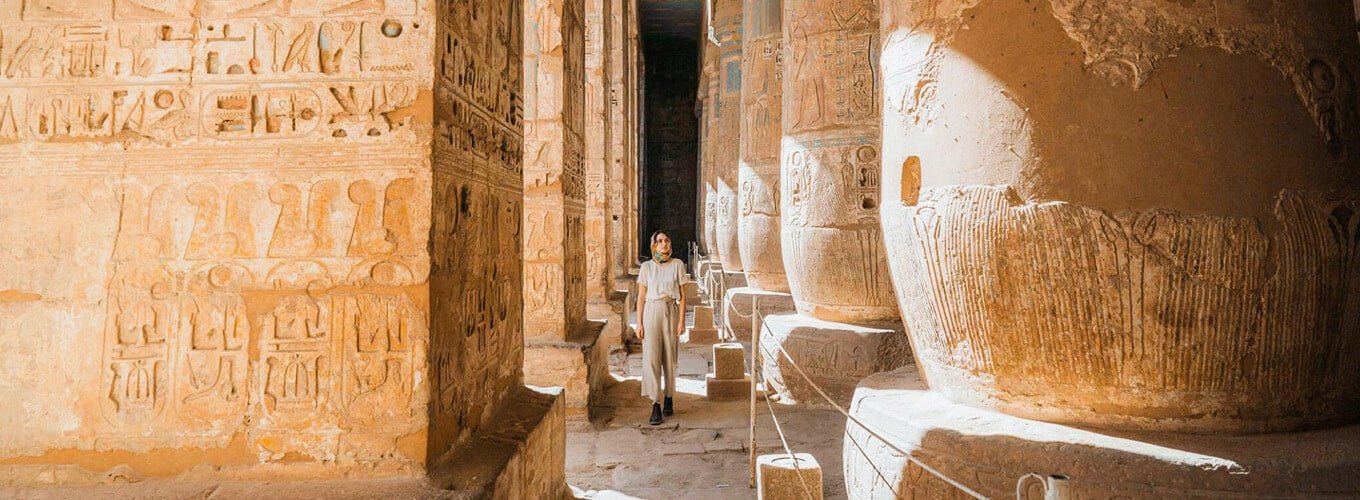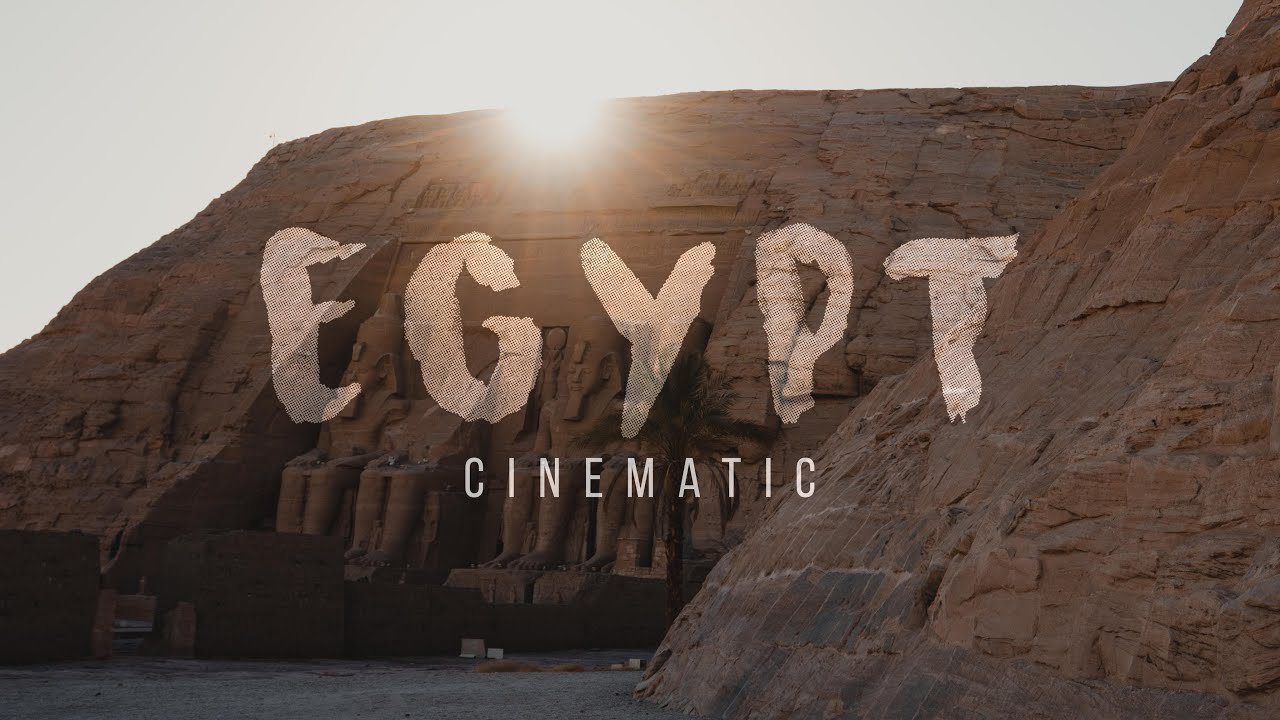Imagine stepping back in time, surrounded by the awe-inspiring grandeur of ancient Egyptian temples. These architectural marvels, built as the immortal homes of the deities, show the ingenuity and spiritual devotion of the pharaohs and their people. But what secrets do these sacred sites hold, and which ones are the must-visit destinations for the intrepid traveler? Prepare with Egypt Cruise Planners to uncover the mysteries that lie within the most celebrated ancient Egyptian temples.
Key Takeaways
- Explore the largest ancient religious site in the world – the Karnak Temple Complex.
- Marvel at the colossal statues and the Avenue of Sphinxes at the Luxor Temple.
- Witness the biannual sun alignment at the Abu Simbel temples, a true engineering feat.
- Discover the Abydos King List, a chronological record of pharaohs, at the Temple of Seti I.
- Uncover the unique double-temple design of Kom Ombo, dedicated to the gods Sobek and Horus.
Explore the Magnificent Karnak Temple Complex
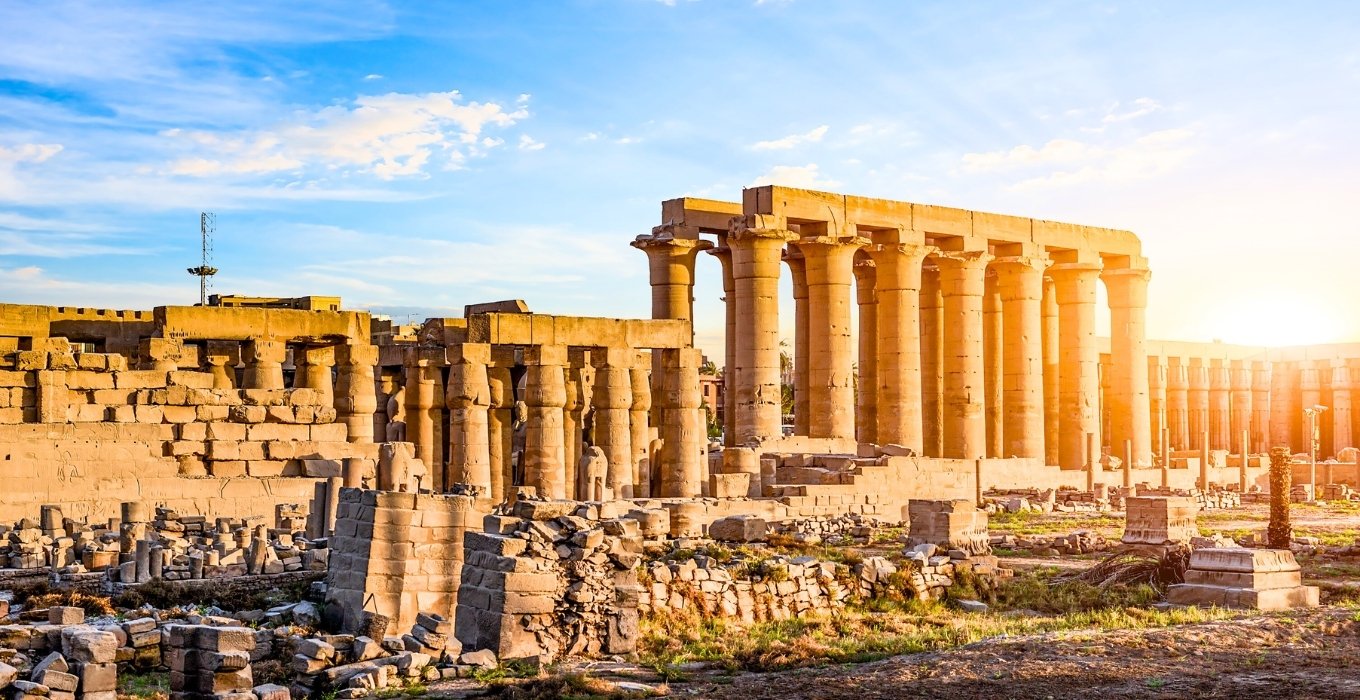
In the heart of Luxor, the Karnak Temple Complex shows off ancient Egyptian skill and faith. It’s over 2,000 years old and was a key place of worship. It was used by more than 30 pharaohs.
Unraveling the Grandeur of Karnak’s Hypostyle Hall
The Hypostyle Hall is the highlight of Karnak. It’s filled with huge sandstone columns that amaze everyone. This massive area is 54,000 square feet with 134 pillars up to 20 meters tall.
The columns are covered in detailed carvings and hieroglyphics. They give us a peek into ancient Egyptian rituals and sacred designs.
Karnak: A Village of Temples and Sanctuaries
Karnak is not just one temple; it’s a whole village of religious buildings. It has sanctuaries, obelisks, and a sacred lake for the Opet Festival. The site is full of ancient wonders, from giant statues to intricate carvings.
The Karnak Temple Complex is a major archaeological wonder. It draws people who love ancient architecture, sacred geometry, and ancient Egypt. A trip here is essential for anyone interested in archaeology and Egyptian history.
Luxor Temple: A Stunning Architectural Marvel
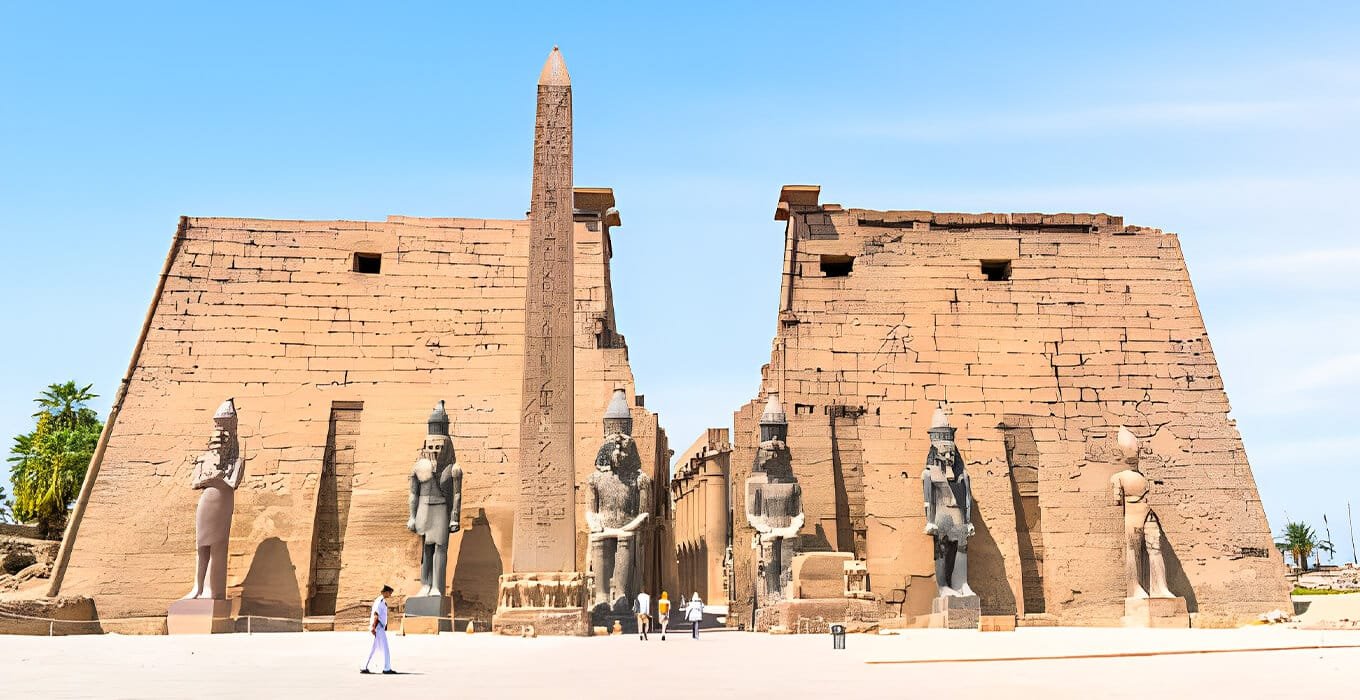
The Luxor Temple sits on the Nile River’s east bank. It showcases ancient Egyptian hieroglyphs and the grandeur of pharaohs. Built around 1400 BCE, it has amazed visitors for centuries with its stunning architecture.
The Grand Entrance and Colossal Statues
When you arrive at the Luxor Temple, a grand entrance welcomes you. It’s decorated with huge statues, once guarded this sacred site. An inscribed obelisk stands before the temple, reaching for the sky, guiding those seeking ancient secrets.
The Avenue of Sphinxes: A Walking Museum
The Avenue of Sphinxes is a key feature of the Luxor Temple. This 3-kilometer path once linked the Luxor and Karnak Temples. Walking here, you’re surrounded by sphinxes, taking you back to ancient Luxor’s culture.
The Luxor Temple shows the lasting beauty of ancient Egypt’s architecture. It gives visitors a peek into the fascinating archaeological wonders that still inspire today.
Temple of Philae: A Resilient Wonder
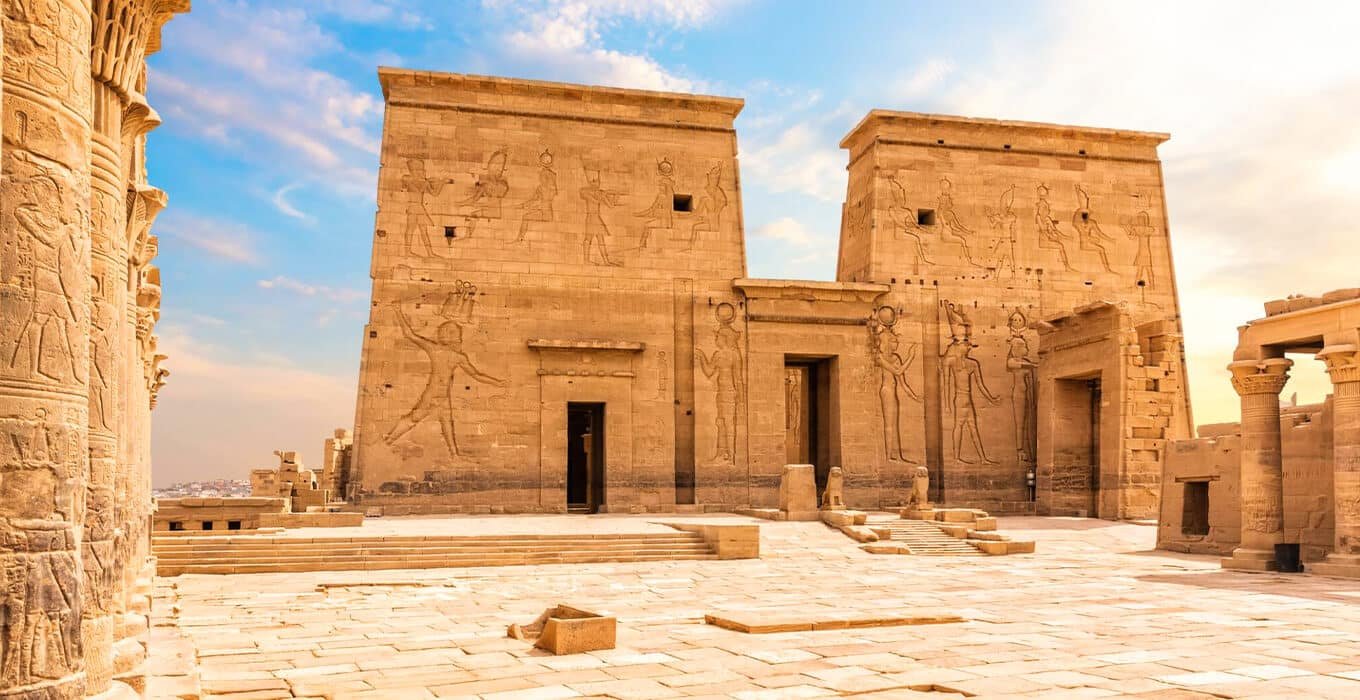
The Temple of Philae is a marvel of ancient Egyptian architecture. It was built around 380-362 BC during the Ptolemaic period. This temple complex honors the goddess Isis and her husband, Osiris. It shows the deep spiritual beliefs of ancient Egypt.
The temple is on Philae Island. It was famous for its connection to the goddess Isis. But the Aswan High Dam in the 1960s threatened to flood it. An international effort saved the temple by moving it to Agilkia Island.
The Temple of Philae was carefully taken apart and rebuilt on Agilkia Island. Today, it’s a place where visitors can see the Main Temple, the Birth House, and more. Each part shows the skill and detail of ancient Egyptian architecture.
At sunset, the temple comes alive with a sound and light show. It takes visitors back in time, filled with stories of Isis and Osiris. The Temple of Philae is a symbol of faith, history, and the beauty of ancient Egyptian culture.
Ancient Egyptian Temples: Abu Simbel’s Colossal Wonders
In southern Egypt, near Sudan, the Abu Simbel temples show the greatness of ancient Egypt. These temples, carved into the Nubian Desert, honor Pharaoh Ramesses II and his wife, Nefertari.
The Great Temple of Ramesses II
The Great Temple of Ramesses II is famous for its four giant statues at the entrance. Each statue is 66 feet tall. The temple, 185 feet long, shows the ancient Egyptians’ skill in engineering.
Inside, visitors see detailed reliefs and carvings. They tell stories of Ramesses II’s victories and his meetings with gods.
Witness the Biannual Sun Alignment
The Abu Simbel temples have a special sun alignment twice a year. During the summer and winter solstices, the sun lights up the statues of Ramesses II and the gods. This sight has amazed people for centuries.
Now, the temples are a UNESCO World Heritage site. They show the lasting impact of Egyptian architecture, archaeology, and cultural heritage.
Medinet Habu: Egypt’s Second Largest Ancient Temple
The Medinet Habu Temple is located near the Theban Hills on the West Bank of the Nile River in Luxor, Egypt. It is the second-largest ancient temple in the country. This site covers 66,000 square meters, giving visitors a unique look into ancient Egyptian history and architecture.
It was built around the 12th century BCE. The complex has ruins like sacred pools, offering chapels, and rock-cut tombs. Though not as famous as some other temples, Medinet Habu is a fascinating place to explore.
The Temple of Ramesses III is the main attraction. It’s 150 meters long and very well-preserved. It has amazing architecture, including peristyle halls and a large hypostyle hall. There are also huge statues at the entrance.
The site is also rich in history. The temple’s walls have many reliefs and inscriptions. These tell stories of ancient Egyptian battles and victories.
Medinet Habu’s history, ruins, and architecture make it a top spot for exploring Egypt’s ancient wonders. It’s perfect for history buffs, architecture lovers, or anyone wanting to dive into Egypt’s rich culture. A visit to the Medinet Habu Temple is an experience you won’t forget.
Ancient Egyptian Temples
The ancient Egyptian temples were seen as the sacred homes of the gods. These grand structures were not just places of worship. They were believed to be where gods and goddesses first appeared.
In these temples, many religious rituals took place. People and pharaohs made countless offerings to the gods.
Sacred Homes of the Egyptian Deities
These temples were designed to show the divine nature of the gods. Each temple was for a specific god or goddess. They were their earthly homes.
These temples also recorded the history of kings and queens. They told the myths and dogmas that shaped ancient Egypt’s culture.
- Temples were viewed as the houses for the gods or kings to whom they were dedicated.
- Egyptian temples performed a variety of rituals, including giving offerings to the gods, reenacting mythological interactions through festivals, and warding off chaos.
- Temple construction and maintenance were primarily the responsibility of pharaohs, requiring significant resources.
- Temples evolved from small shrines in late Prehistoric Egypt to large stone edifices in the New Kingdom and later periods.
The ancient Egyptian temples were more than just buildings. They were key to the society’s social, economic, and religious life. Today, they still fascinate us, offering insights into ancient Egypt’s rich culture.
Discover the Mysteries of Edfu Temple
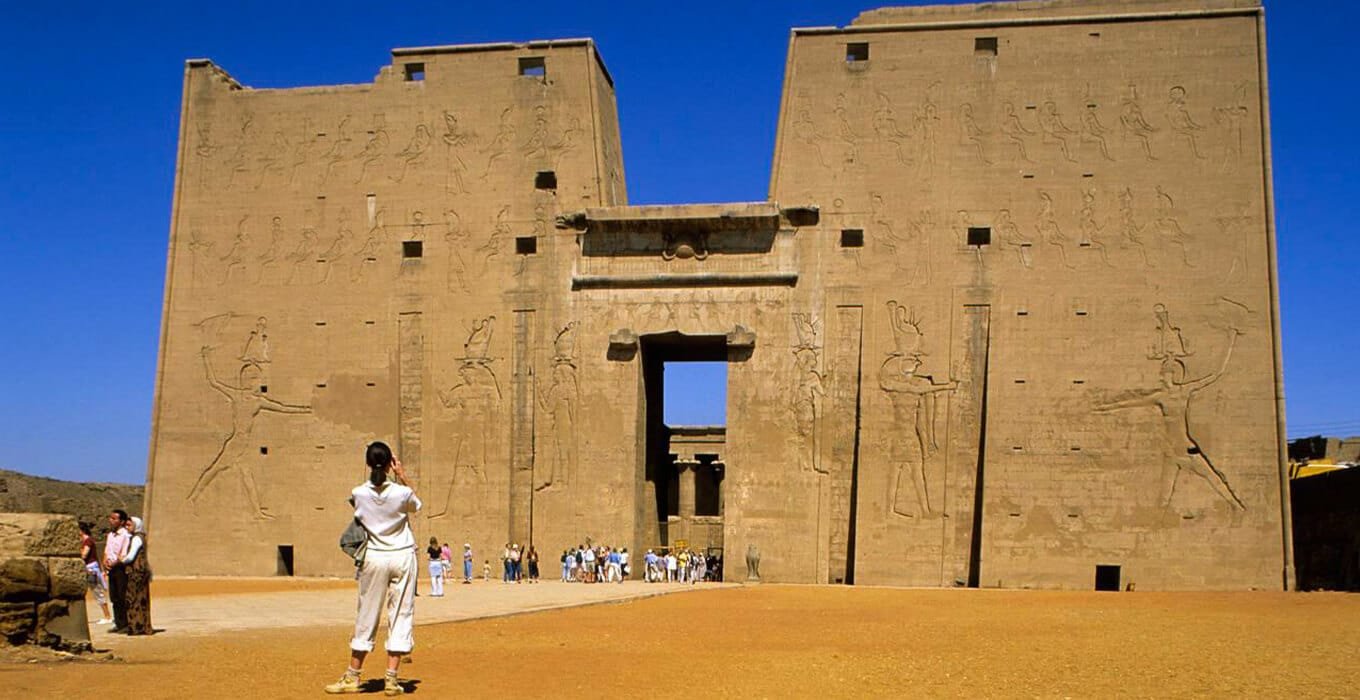
The Edfu Temple is a marvel dedicated to Horus. It’s one of the best-preserved ancient Egyptian shrines. This architectural wonder offers a peek into the rich cultural heritage and religious beliefs of the ancient Egyptians.
Started in 237 BC and finished in 57 BC, the Edfu Temple is quite young among ancient Egyptian temples. Its pylon gateway stands tall at 36 meters (118 feet). It sets the stage for the amazing ancient architecture inside.
Walking into the temple’s peristyle hall, you’re surrounded by 32 columns on each side. This creates a breathtaking atmosphere. The outer hypostyle hall has 12 massive columns, while the inner hypostyle hall has another 12, but differently oriented.
The Sanctuary at the temple’s heart holds the oldest object – the granite naos shrine of Nectanebo II, from the 4th century BC. Around the Sanctuary are chapels for deities like Osiris, Ra, and Hathor. This shows the complex sacred architecture and rituals of ancient Egypt.
Visiting the Edfu Temple lets you explore its mysteries and traditions. It’s a key site for those into ancient Egyptian history and cultural heritage.
Kom Ombo: Egypt’s Unique Double Temple
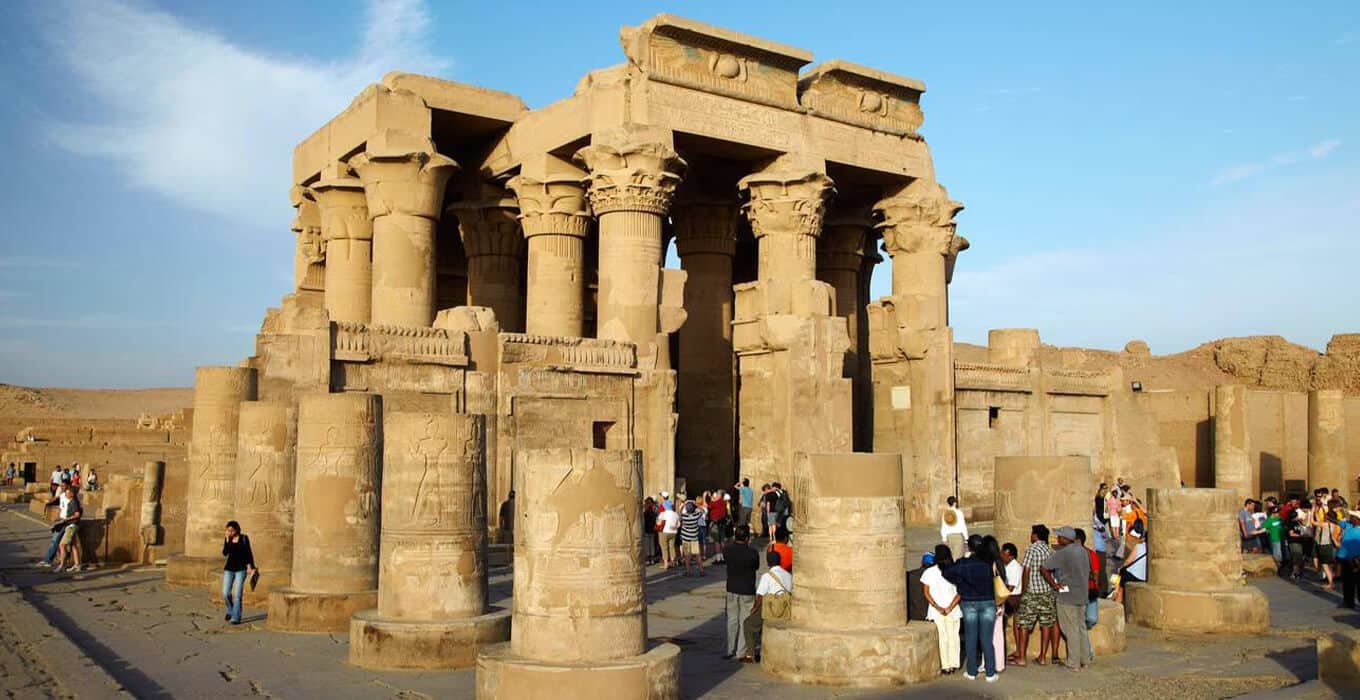
Along the Nile River, in Kom Ombo village, lies a special ancient site. The Kom Ombo Temple is a double temple dedicated to Sobek, the crocodile god, and Horus, the falcon god. Its symmetrical design and dual dedications make it a unique architectural wonder in ancient Egyptian architecture, archaeology, and cultural heritage.
The temple was built during the Ptolemaic dynasty, from 180-47 BC. Ptolemy VI Philometor started it, and later rulers like Ptolemy XIII Theos Philopator expanded it. The sacred architecture has two halves, one for Sobek and the other for Horus and his deities.
Time has taken its toll on the Kom Ombo Temple, with floods, earthquakes, and stone reuse. Yet, it stands as a symbol of ancient Egyptian ingenuity and reverence for sacred monuments. Visitors can see the detailed carvings and hieroglyphs that tell its story.
If you love history, architecture, or Egypt’s cultural heritage, you must see the Kom Ombo Temple. It’s a journey into the ancient architecture and the secrets of this remarkable double temple. It shows the creativity and faith of the ancient Egyptians.
Conclusion: Unlocking Egypt’s Timeless Treasures
The ancient Egyptian temples show the creativity and beliefs of a long-lasting civilization. Places like Karnak and Abu Simbel are huge and detailed. They let us see into ancient Egypt’s history and culture.
Visiting these ancient Egyptian temples lets us explore a forgotten time. It connects us to the pharaohs’ lasting legacy. We can learn a lot from these monuments and sacred sites.
Seeing these archaeological wonders is amazing. They give us a peek into ancient Egyptian life. They also show us the beauty of pharaonic architecture that still inspires today.
The ancient Egyptian temples show the power of human creativity. They help us understand Egypt’s past and its importance today. Whether you love history, and architecture, or just want to see something amazing, Egypt’s temples will touch your heart.
Read other related articles:
- Top Nile River Tourist Attractions: Luxor & Aswan Landmarks
- 3 Night Nile Cruises: Experience Egypt from Aswan to Luxor
- 4 Night Nile Cruises: Best Guide Every Traveler
